The China Meteorological Administration unveiled its meteorological routing center in Beijing on Thursday. The center is expected to assure the safe and economic voyage of vessels and accelerate the establishment of China's own oceanic weather navigation system.
According to the administration, the smooth and safe operation of sea transportation is closely related to economic and social development. Ship weather routing plays a key role in dealing with typhoons, rough seas, ensuring voyage safety and reducing casualties. It is an important guarantee for ships' safe and efficient voyages, Chinese outlet The Paper reported on Thursday.
Meteorological routing is the procedure of selecting the best route for a vessel based on weather forecasts, sea conditions and the vessel's performance characteristics so it can avoid rough weather and seas, arriving at its destination through the shortest time and distance, thus reducing fuel consumption, improving operational efficiency and ensuring safety.
The establishment of China's own routing technology system will provide a new option for assuring the safety of ocean voyages and shipping operations, which will benefit the development of China's maritime trade and its supply chain, Wu Minghua, a veteran shipping analyst, told the Global Times on Thursday.
A service system for full-chain oceanic weather navigation that integrates the meteorological routing centre, platforms, vessels and a website has been available. Its mode of combining both onshore and onboard meteorological navigation is designed to meet the autonomous navigation needs of vessel operators while providing monitoring and information services for fleet and weather navigation to shipping and cargo enterprises.
China began to build its oceanic meteorological navigation system in 2017 in response to the national Belt and Road Initiative and to serve the country's maritime power strategy. Since then, the country has kicked off the construction of a meteorological navigation technology system based on Fengyun meteorological satellites and the numerical weather prediction system under the China Meteorological Administration.
According to Wu, with the advancement of technology, China will develop a certain degree of advantage in the worldwide oceanic meteorological navigation field while providing more precise navigation services to both Chinese and overseas shipping companies, fishing boats as well as cruises traveling international routes.
The new-generation meteorological routing system was established via breakthroughs in technological fields such as intelligent ship navigation, navigational risk assessment and ship speed loss algorithms.
As of today, the system has supported nearly 8,000 voyages by more than 60 shipping companies. Navigation services have achieved an average route optimization rate of 30 percent, resulting in significant savings in navigational distance and time. On average, each voyage has saved approximately 19 nautical miles, with some voyages shortening by up to 300 nautical miles, equivalent to saving one day of voyage time, according to reports.
In the future, the center will further enhance its capabilities in oceanic meteorological forecasting and establish a comprehensive system for China's oceanic meteorological navigation industry in a bid to secure the high-quality economic and social development of the country, media said.










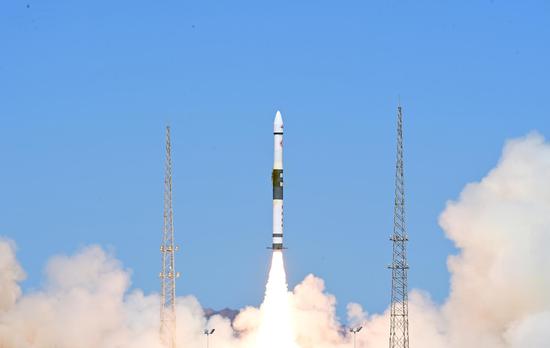













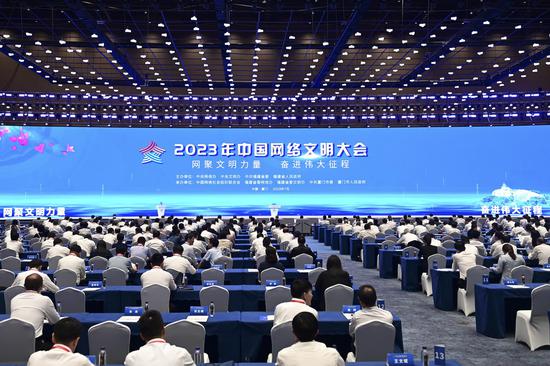





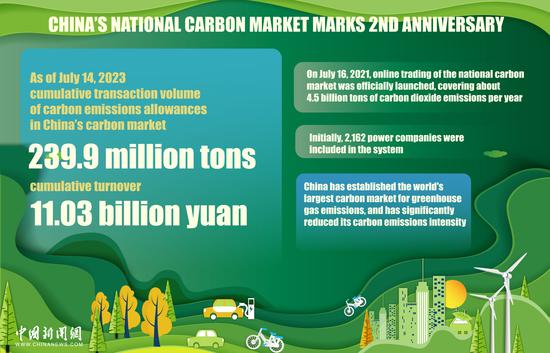
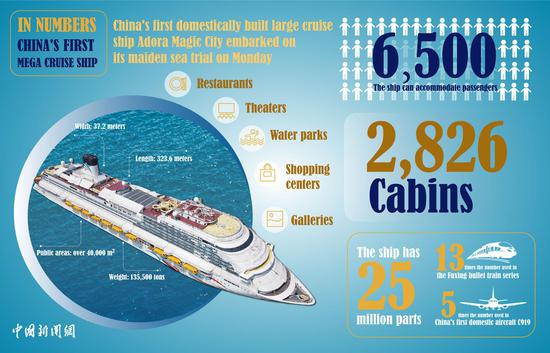

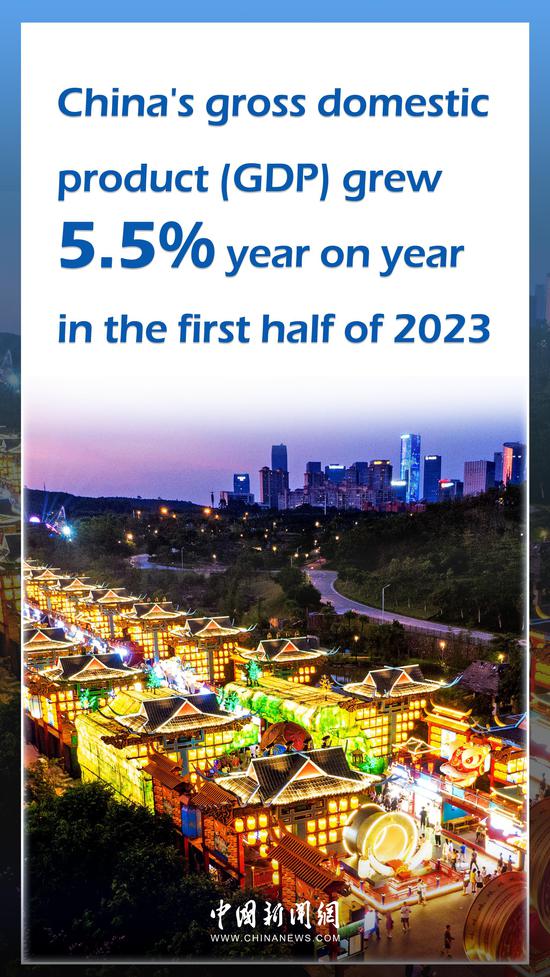

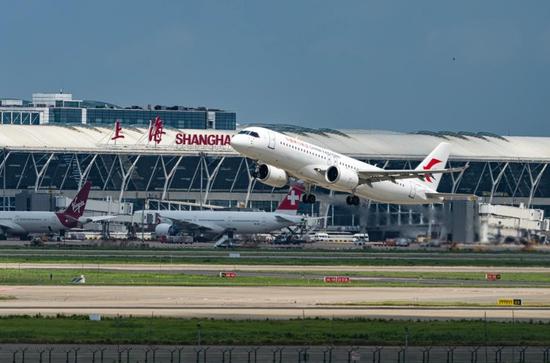
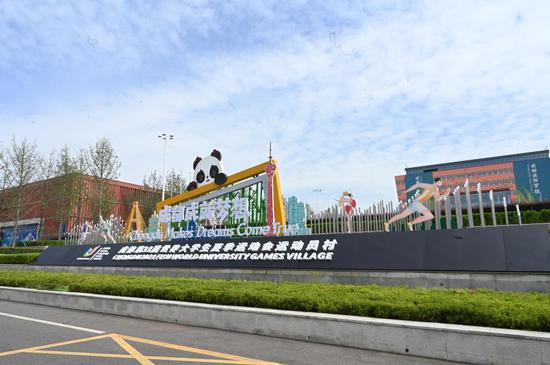
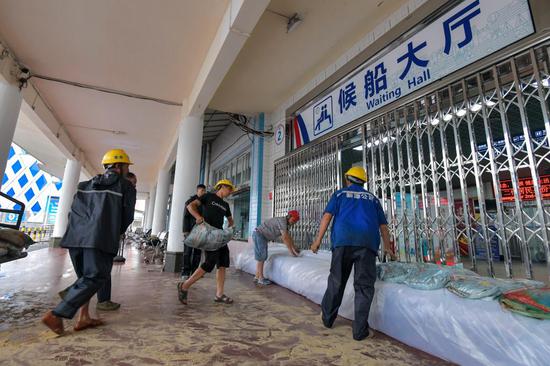




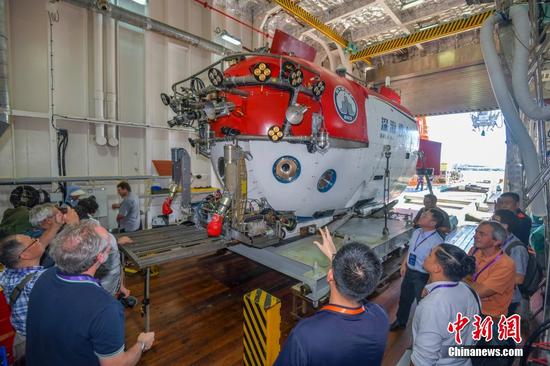

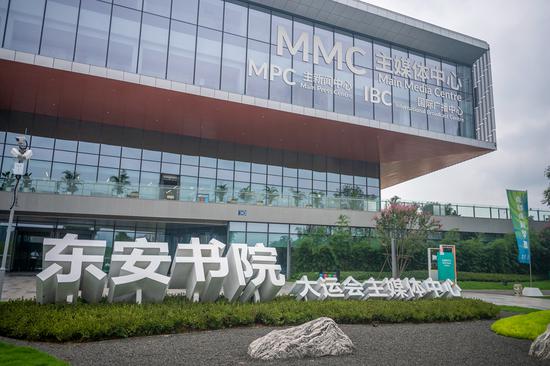

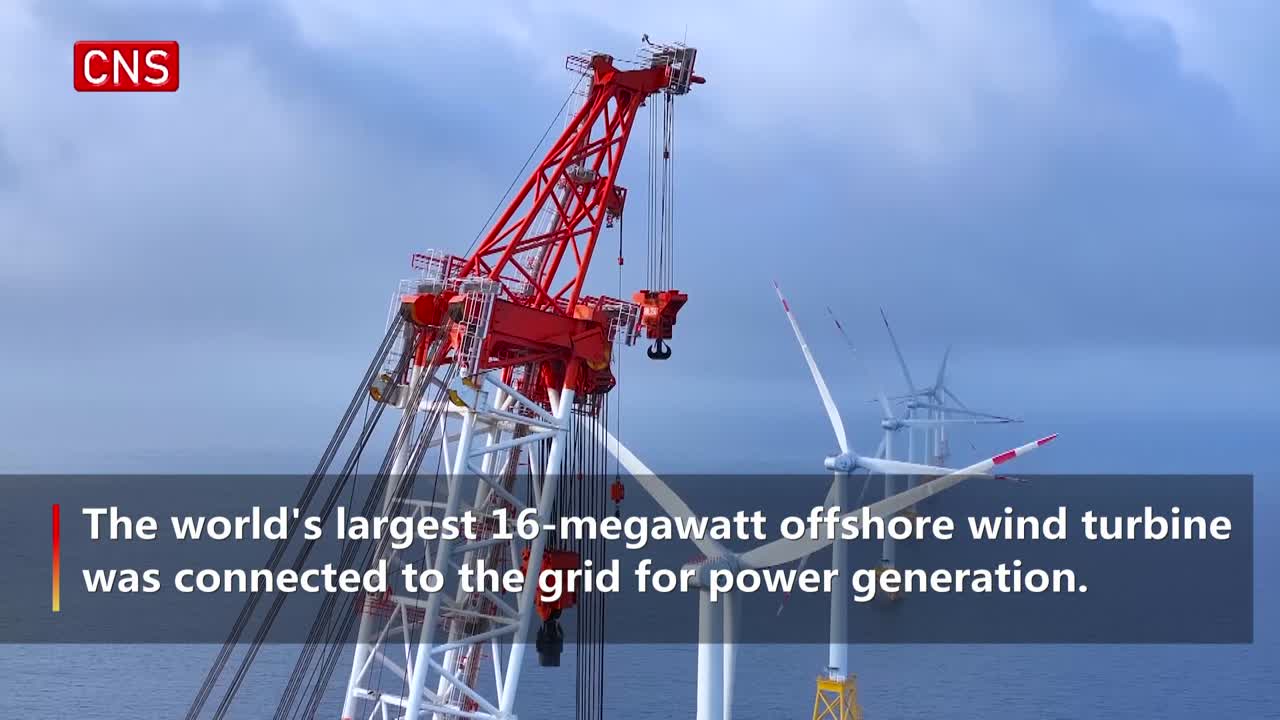



 京公网安备 11010202009201号
京公网安备 11010202009201号